What is CLAT Exam?
CLAT, or Common Law Admission Test, is a major national exam in India. It helps people get into law schools. There are 22 national law universities in India and CLAT can get you into them. Some other colleges also use CLAT scores to admit students. Surprisingly, some government organizations like BHEL and ONGC hire people based on their post-graduation CLAT score.
Earlier, all the National Law Universities took turns in conducting the exam, but then they decided to form a permanent group called the Consortium of NLUs to handle it. This group is in Bangalore and includes important people like Executive Committee, CLAT Conveyor and two Vice Chancellors of NLU.
CLAT is held every year and if you want to become a lawyer you can apply for it. We will explain more about CLAT exam in the following sections.
Eligibility for CLAT Exam
In order to give CLAT examination, you need to meet specific requirements. These requirements vary depending on whether you wish to apply for undergraduate or graduate programs. In this section, we will explain the eligibility criteria so that you can check whether you are qualified to take the CLAT exam.

CLAT Exam Syllabus & Pattern
Syllabus
We have covered the syllabus of the CLAT in this section. Go through the details now.
Undergraduate Program
- English Language – This section contains passages, and there will be questions related to each passage. You’ll be evaluated on your language skills, ability to draw conclusions, your ability to compare different arguments, and your vocabulary
- Current Affairs & GK – This section assesses your knowledge of current events, international affairs, significant historical events, and art and culture
- Legal Reasoning – In this section, you’ll encounter passages that test your legal reasoning skills. General awareness won’t be sufficient to answer the questions. You’ll need to have knowledge of basic laws and sections, such as Torts, to do well in this part.
- Logical Reasoning – This section also has passage-based questions. You are tested for the arguments, reasoning, analysis, and ability to draw relationships.
- Quantitative Techniques – The section has mathematic problems. It includes bar-graphs, numerical, geometry, and other different types of problems.
Postgraduate Program
In this section, there will be only one section comprising questions from Constitutional Law and other areas of law such as Jurisprudence, Administrative Law, Law of Contract, Torts, Family Law, Criminal Law, Property Law, Company Law, Public International Law, Tax Law, Environmental Law, and Labour & Industrial Law, which you would have studied during your undergraduate studies.
Exam Pattern
Undergraduate Program
- The exam has 120 Multiple Choice Questions, and each question is of one mark.
- The maximum marks of the CLAT examination are 120.
- You are granted 120 minutes to complete the exam.
- For each correct answer, you are awarded one mark, and for the wrong answer, there is a penalty of -0.25 mark.
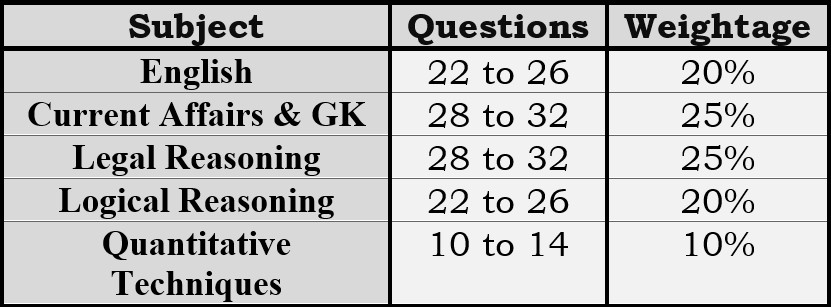
Postgraduate Program
- The exam has a total weightage of 120 marks, and it has 120 MCQ
- For each correct answer, you are awarded one mark, and for the wrong answer, there is a penalty of -0.25 mark.
- The MCQs can be on any law subject. In contrast, the essay type question can be on a contemporary issue or any other law topic.
Age Limit for CLAT Exams
In CLAT, there is no lower or upper limit that the Bar Council of India has declared. As per the general notification, there is a limitation associated with the educational qualification, which sets a soft lower limit. However, as per the general rule, there is no upper limit of the age associated with the CLAT examination.
Attempt Limit for CLAT exams
There is no restriction for the attempt limits in the CLAT Exam. You can appear any number of times until you meet the eligibility criteria associated with the examination. Moreover, we have covered information about the age limit in the previous section, which becomes another supporting factor for CLAT.
Fees for CLAT Exams
During the registration of CLAT, you would also need to make the payment of the application fee. The registration for CLAT would not be complete without this step. In the table below, we have listed the details of the fee.

You should note that you can pay the fee via Online and Offline Method. In the Online method, the transaction is processed through SSL, and the gateway payment fee may apply. For the offline payment, the candidate would have to reach out to the bank and make the payment through challan.
CLAT 2024 Registration Process
Since you have been through all the details, we assume that you are ready to apply for CLAT. If you have made up your mind to pursue BA LLB or any other law course, then you can go ahead and follow the procedure below to apply for CLAT.
- The first step of applying for the CLAT is visiting the official website. The link to the website is https://consortiumofnlus.ac.in.
- On the first page itself, you will notice the link for the ongoing CLAT registration. Click on it, and you will be redirected to a new page.
- On the new page, click on Register Button. This will take you to the registration form. Proceed by entering the details and also enter your mobile number.
- The system will trigger an OTP to your mobile, so complete the request by entering the OTP. Now, login to the portal and click Apply Button. The website will present you with the application form.
- Fill in the details in the application form and upload the photograph along with your signature. If you are applying under SC or ST category, you will also have to upload your category certificate.
- Additionally, please provide reservation details in reservations section as each respective NLU offers reservations for candidates who are domiciled in their state.
- Now, you need to go ahead and preview the form before you submit it. Ensure that you have verified all the details since it becomes challenging to make corrections.
- In the last step, you can pay the fee. There are two ways to make the payment, and we recommend you to opt for the online method.
- Post payment, the registration is complete. You will be notified of your admit card availability and information on the test centres.
NLU Preference List
This year, when you fill out the CLAT 2024 application form, you’ll need to choose your preferred National Law Universities (NLUs) and the courses you want to study there. You should list them in the order of your preferences. After you’ve made your selections, click the ‘update NLU preferences’ button. It’s important to remember that you can only pick your NLUs until November 3, 2023. After that date, you won’t be able to make any changes to your NLU choices. Below, you’ll find the list of NLUs you can select as preferences.
Note: This list is just a suggestion; you can create your preferences based on your needs and convenience
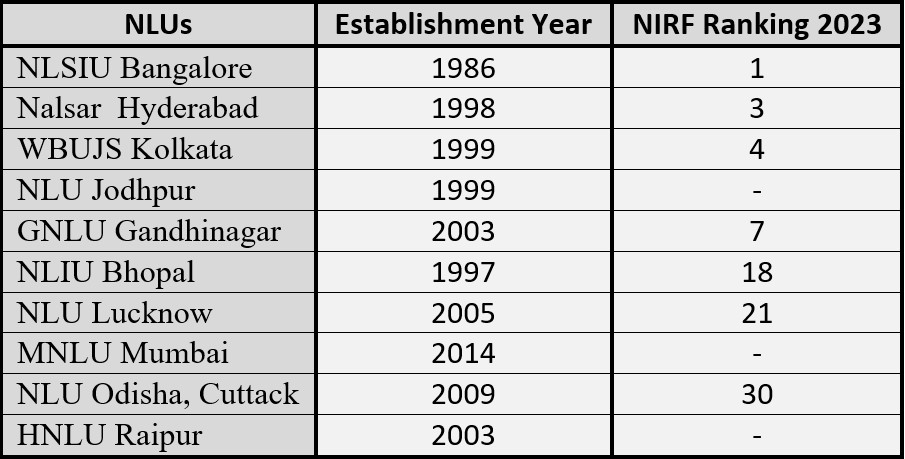








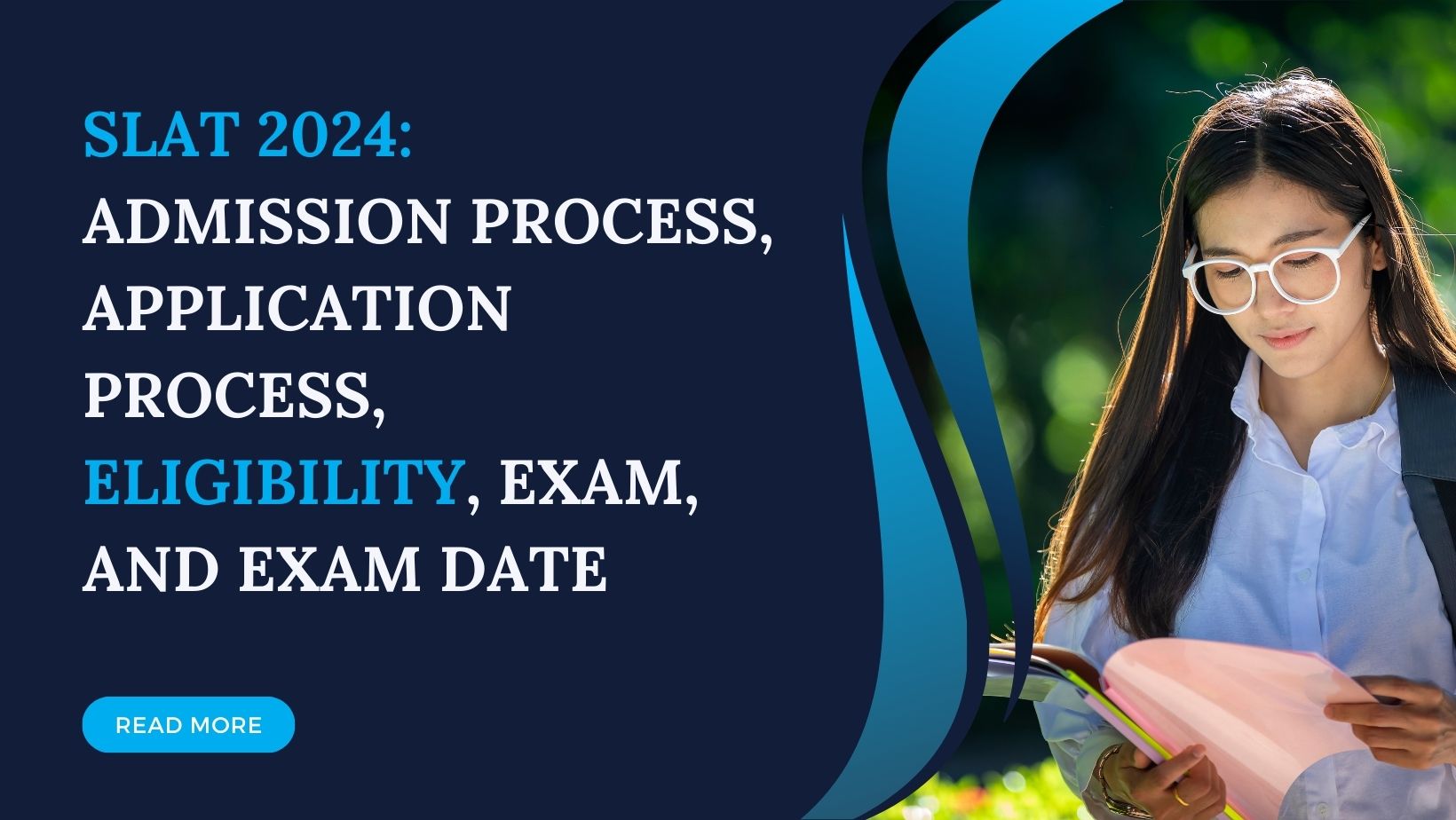









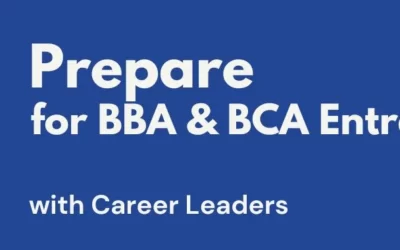







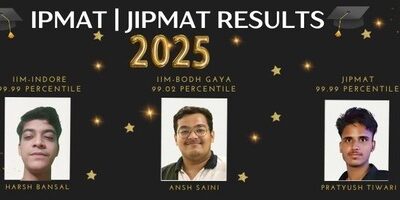




















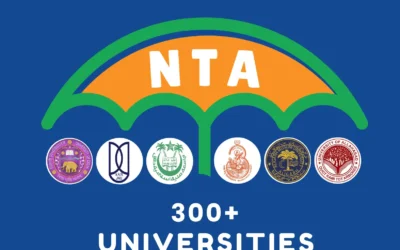
















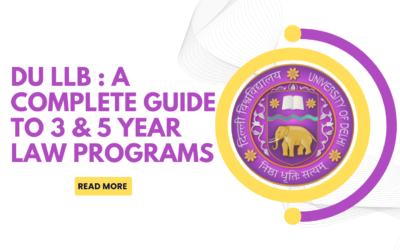





























































































































































































































































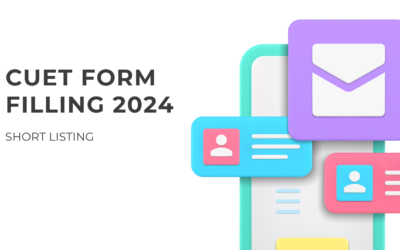



























0 Comments